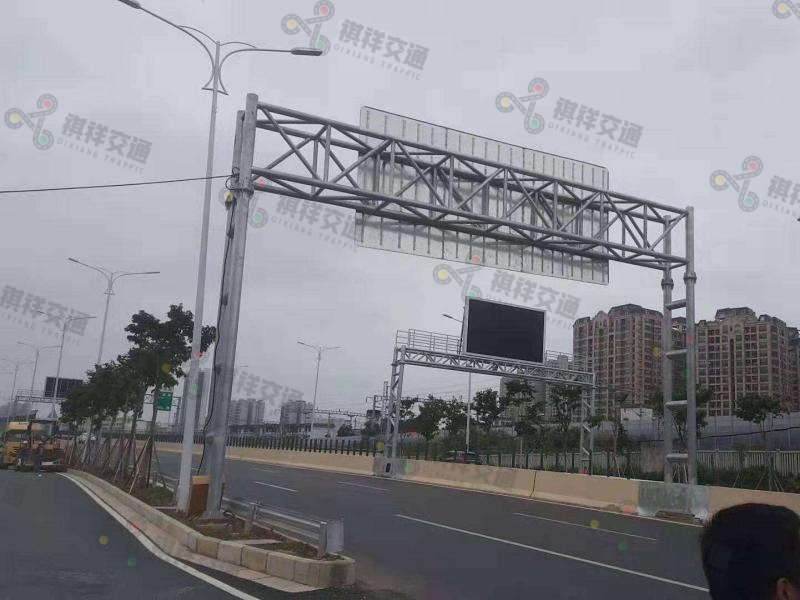When choosing the right gantry pole specifications for your needs, you should consider multiple factors. Here are some key steps and points to help you make an informed decision:
1. Determine the usage scenario and needs
Working environment: Does the gantry pole have special environmental requirements (such as high temperature, high humidity, corrosion, etc.)?
Workload: What is the maximum weight of the items that need to be hoisted and moved? This will directly affect the load-bearing capacity selection of the gantry pole.
Workspace: What is the size of the available workspace? This will determine the dimensional parameters such as span, height and length of the gantry pole.
2. Load-bearing capacity
Determine the maximum load-bearing capacity: According to the workload, choose a gantry pole with sufficient load-bearing capacity. For example, MG-type gantry pole is suitable for light items of 2-10 tons, while L-type gantry pole is suitable for large cargoes of 50-500 tons.
Consider dynamic load: In addition to static load, dynamic loads that may be generated during hoisting must also be considered to ensure the safety and stability of the gantry pole.
3. Dimensional parameters
Span: Choose an appropriate span according to the workspace and work needs. Larger spans are suitable for storing large equipment or heavy goods.
Height: Consider the storage height of the goods, the operating space, and the overall height of the building to choose the appropriate height.
Length: Determine the length according to the workplace and engineering requirements. The common length range is between 20 meters and 30 meters.
4. Materials and structures
Material selection: The materials of the gantry pole usually include steel, stainless steel, and aluminum alloy. Stainless steel has high strength and corrosion resistance, while aluminum alloy is lighter. Choose the right material according to the use environment and needs.
Structural design: Structural design is the core part of the gantry sign pole design, which is directly related to the stability and service life of the sign pole. In the structural design, the height, width, thickness, and other parameters of the sign pole, as well as the connection and fixing methods of the pole body should be fully considered. The installation position and angle of the signboard should also be considered to ensure that the driver can clearly see the sign content at different angles and distances.
5. Additional functions and accessories
Electric or manual: Choose an electric or manual gantry pole according to your needs. Electric gantry pole is more convenient to operate, but the cost is higher.
Additional accessories: such as hooks, pulleys, cables, etc., choose the appropriate accessories according to specific needs.
6. Economy and cost-effectiveness
Compare gantries of different specifications and models: When choosing, compare factors such as price, performance, durability, and maintenance cost of gantries of different specifications and models.
Consider long-term benefits: Choose a gantry pole with good durability and maintenance cost to ensure the economic benefits of long-term use.
7. Safety
During the design process, the wind resistance, impact resistance, lightning protection, and other properties of the sign pole should be fully considered to ensure stability in various extreme weather and traffic accidents. The surface treatment of the sign pole is also an important part of ensuring safety. Generally, spraying, galvanizing, and other treatment methods are used to improve the corrosion resistance and anti-pollution ability of the sign pole.
Follow gantry pole factory Qixiang to learn more.
Post time: Apr-03-2025







